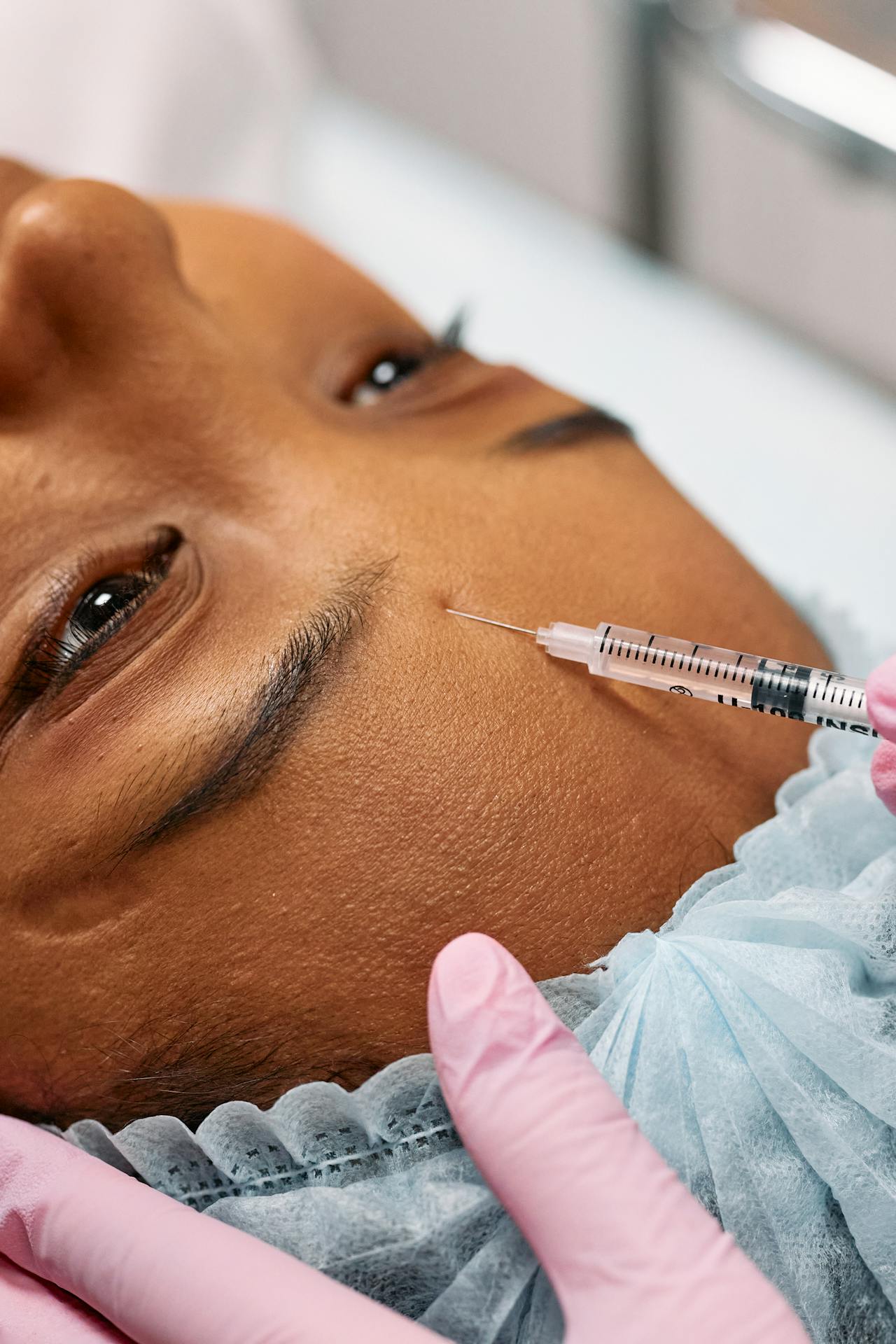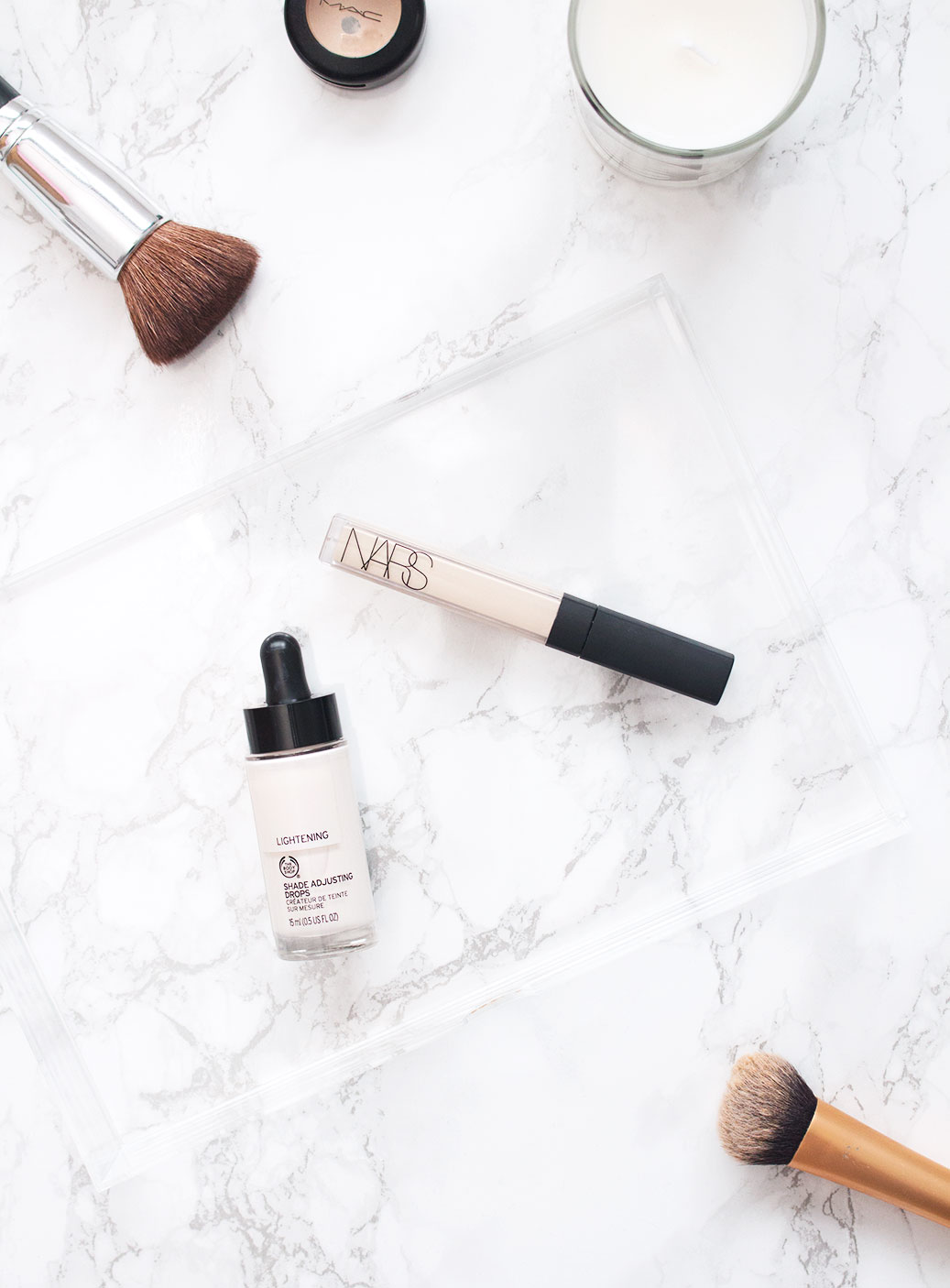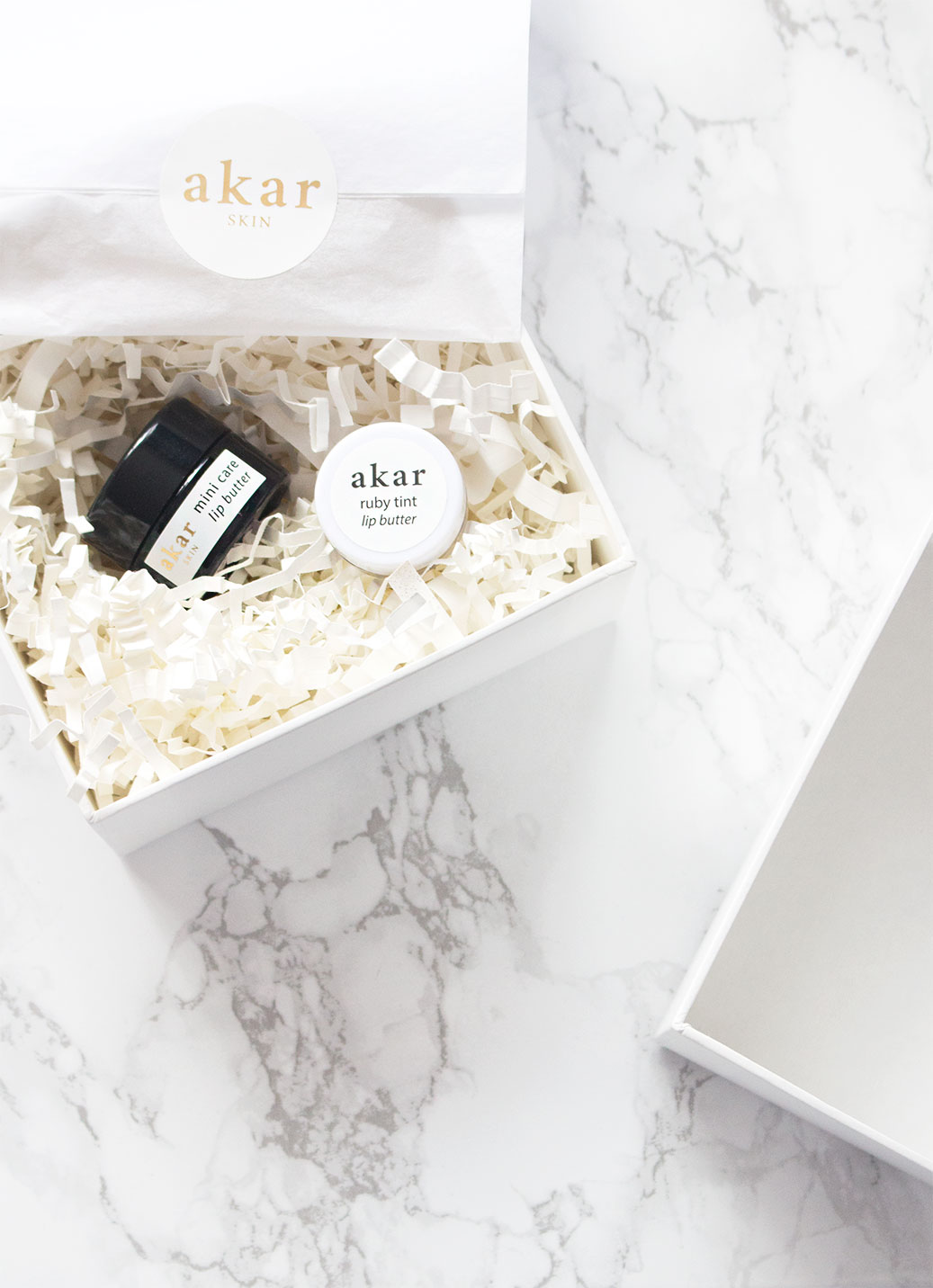
The Hidden Dangers of Botox in a Blood Vessel: What Every Patient Should Know Before Treatment
Introduction: The Rising Popularity of Botox
Botox has become one of the most widely performed cosmetic procedures worldwide, valued for its ability to smooth fine lines and restore a youthful appearance without surgery. For many, it feels like a routine treatment. However, like any medical procedure, Botox carries potential risks, particularly if the product is inadvertently introduced into a blood vessel.
While these complications are rare, patients deserve to understand them. Being informed not only reduces unnecessary anxiety but also empowers individuals to make safer choices when selecting a provider and monitoring post-treatment outcomes.
Understanding How Botox Works
Botox is the trade name for botulinum toxin type A, a neurotoxin that works by temporarily blocking nerve signals to muscles. When injected into targeted areas, it reduces muscle activity, which in turn softens dynamic wrinkles.
The key to safe and effective treatment lies in precision. Injections must be placed into specific muscles beneath the skin, avoiding surrounding structures. If the toxin enters a blood vessel, however, the situation changes. Blood vessels act as distribution pathways, allowing the substance to move beyond its intended location, which can lead to unexpected and sometimes harmful effects.
What Happens When Botox Enters a Blood Vessel?
Although uncommon, the scenario of botox injected into blood vessel can occur. In such cases, the product may circulate outside the intended area. Unlike muscle tissue, which confines the toxin to a local effect, blood vessels can carry it elsewhere, creating the potential for complications.
Most cosmetic doses are small, which reduces the likelihood of systemic issues. However, local complications may still arise, and the outcome depends heavily on the site of injection, the injector’s technique, and how quickly the issue is recognized.
Potential Risks and Complications
When Botox enters a vein or artery, possible outcomes include:
- Bruising and swelling: The most frequent, usually minor effect.
- Vascular occlusion: A blocked vessel may reduce blood supply to nearby tissue.
- Tissue damage or necrosis: Prolonged lack of blood flow can result in tissue injury, though this is rare.
- Unintended diffusion: The toxin may weaken muscles beyond the target area, causing asymmetry or functional issues.
These risks are linked less to the product itself and more to the injector’s anatomical knowledge and skill level.
Warning Signs Patients Should Recognize
Mild redness, swelling, or bruising is common after Botox. However, certain symptoms may signal that something is not right:
- Sharp or persistent pain at the injection site
- Unusual or worsening skin discoloration (such as blanching, white, or bluish patches)
- Progressive swelling that does not improve
- Muscle weakness in areas not treated
Early recognition and prompt intervention are key to preventing complications from worsening.
Why Injector Training and Expertise Matter
Botox is often marketed as a simple, quick procedure, but its safe administration requires advanced medical knowledge. An injector must understand facial anatomy in detail, including the location of muscles, nerves, and vascular structures.
Specialized training programs are designed to prepare practitioners for safe and precise injection techniques. The safety of Botox does not depend solely on the product itself, it relies heavily on the expertise of the injector.
How Patients Can Reduce Their Risk
Patients play an important role in ensuring safe outcomes. Consider these steps before undergoing treatment:
- Verify credentials: Choose a licensed medical professional with specialized training in injectables.
- Ask questions: Inquire about potential risks and how complications would be managed if they occurred.
- Review clinical results: Request to see before-and-after photos of actual patients.
- Avoid bargain procedures: Extremely low prices may signal inexperience or lack of proper training.
By taking these precautions, patients can dramatically reduce the likelihood of complications.
Separating Fact from Fiction About Botox Safety
Botox is often misunderstood. Some people fear it as inherently dangerous, while others assume it is completely risk-free. The truth lies in the middle.
When performed by a trained and qualified professional, Botox is among the safest and most reliable cosmetic treatments available. Complications are rare, and when they do occur, they are often manageable if identified early. The true risk comes not from the product itself but from improper injection practices.
When to Seek Medical Attention
Patients should never hesitate to seek medical attention if post-treatment symptoms seem unusual. Urgent evaluation is especially important if you experience:
- Intense, spreading, or worsening pain near the injection site
- Sudden skin changes, including whitening, darkening, or unusual mottling
- Unexpected vision changes or difficulty controlling muscles outside the treated area
Timely assessment by a qualified professional can prevent long-term complications and ensure appropriate treatment.
Final Thoughts: Balancing Aesthetic Goals with Safety
Botox offers patients a reliable, minimally invasive path to smoother, more youthful skin. For the vast majority, treatment is safe and produces excellent results. Still, awareness of the rare but possible risk of vascular injection is crucial.
By understanding the potential complications, recognizing early warning signs, and choosing a highly trained professional, patients can approach Botox with confidence. Ultimately, the most successful results are built on a foundation of medical expertise, patient education, and trust between provider and client.






